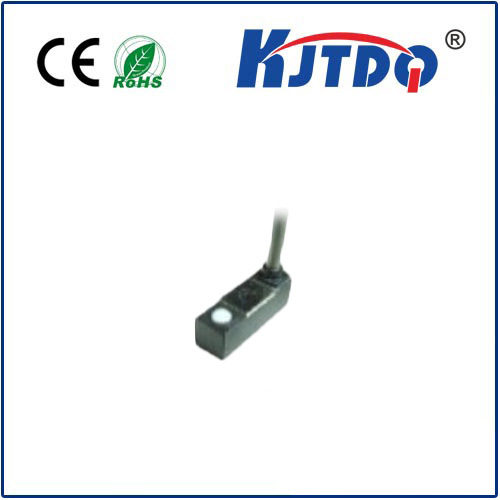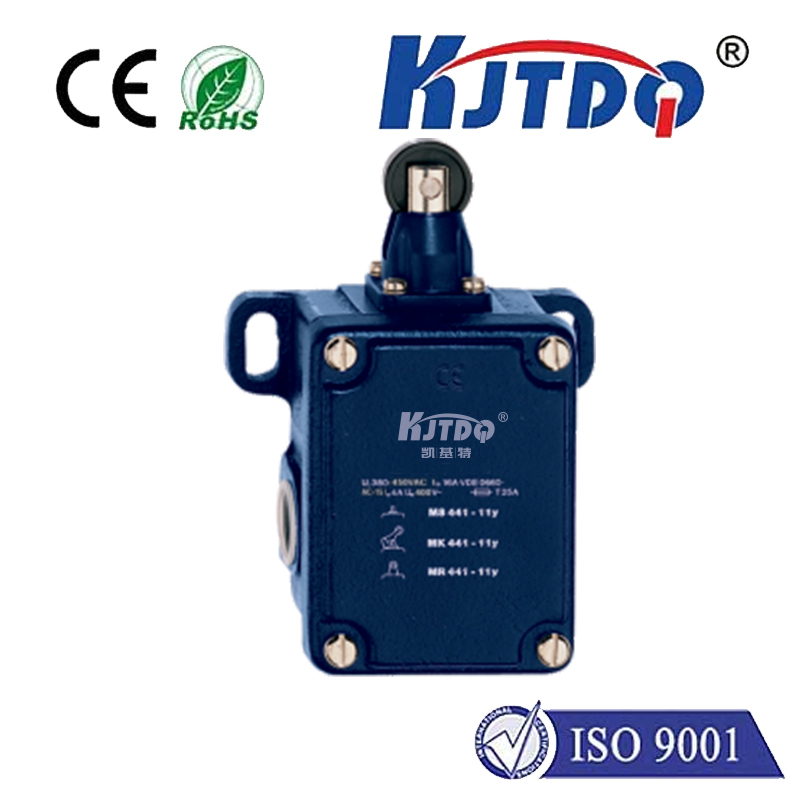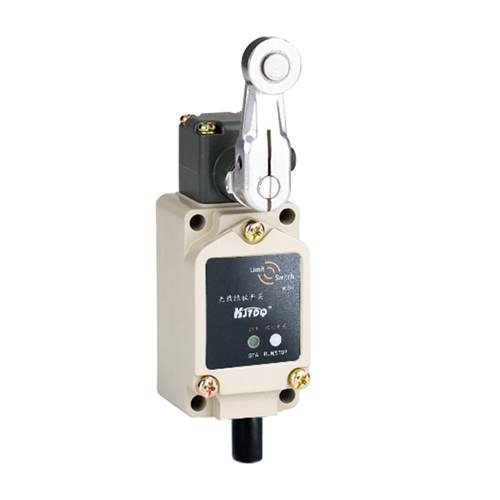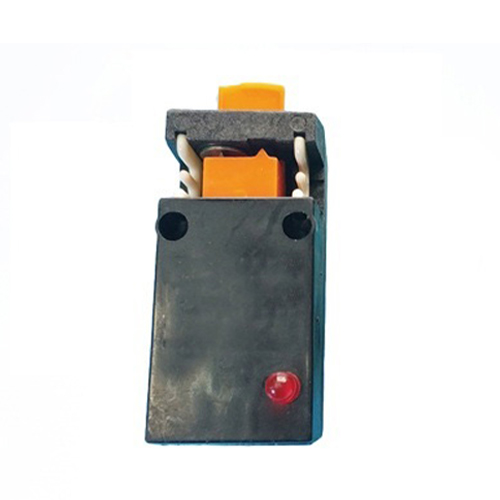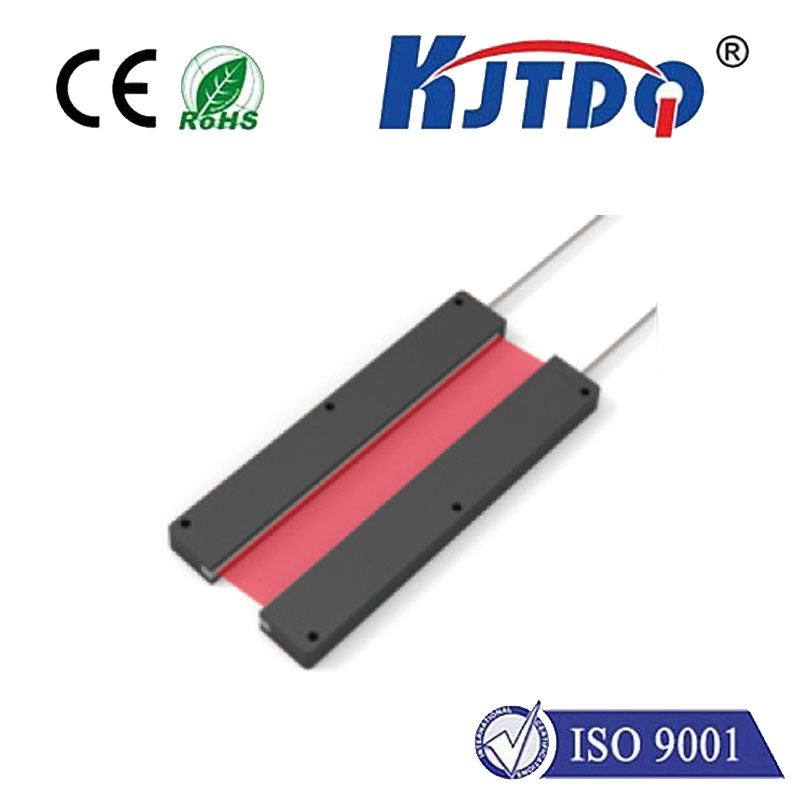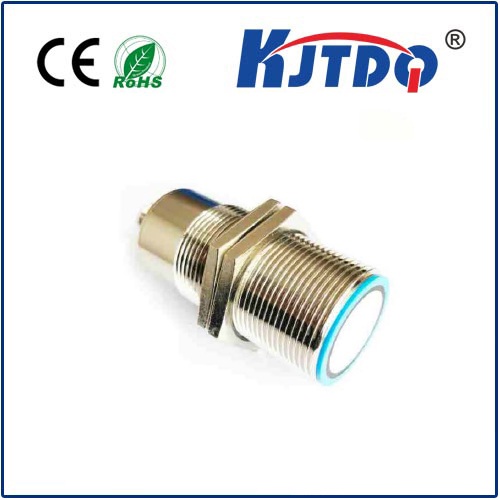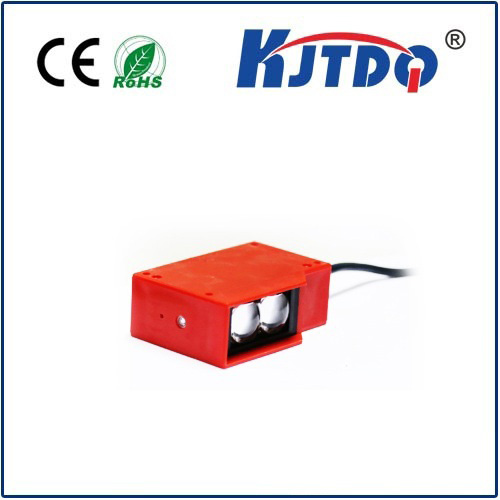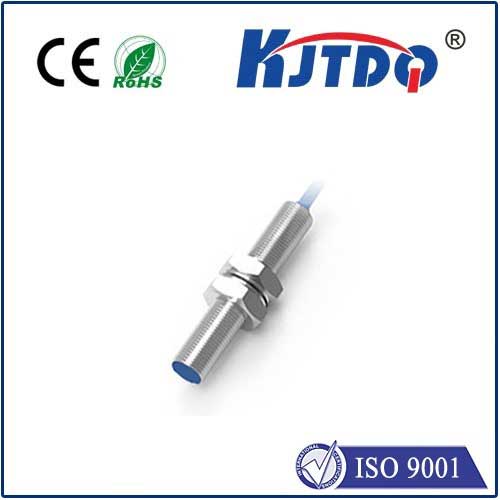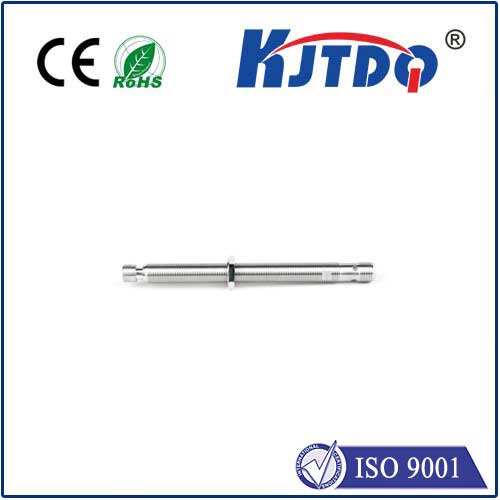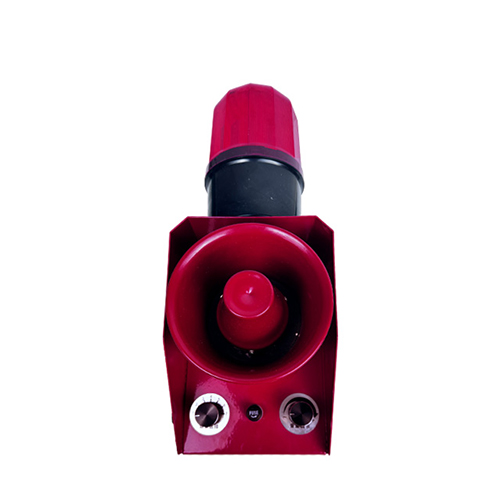BES05KH high pressure proximity sensor
- time:2025-10-02 05:58:14
- Click:0
Navigating the Harsh: How the BES05KH High Pressure Proximity Sensor Delivers Unwavering Reliability
In the demanding world of industrial automation and heavy machinery, sensor failure isn’t just an inconvenience; it can be catastrophic. Environments saturated with extreme pressures – whether from powerful hydraulic systems, steam lines, deep-sea applications, or intense manufacturing processes – demand sensing solutions that don’t flinch. Ordinary sensors buckle, leak, or provide erratic readings under such duress. This is precisely where purpose-built components like the BES05KH High Pressure Proximity Sensor step into the spotlight. Designed to thrive where others fail, it represents a critical piece of technology for ensuring operational integrity and safety in the most challenging conditions.
Understanding the BES05KH: Built for the Pressure Chamber
The BES05KH isn’t just any proximity sensor; it’s engineered specifically to withstand exceptionally high ambient pressures. While standard inductive proximity sensors function admirably in typical factory settings, their housings and seals can be compromised under intense external force. The BES05KH addresses this vulnerability head-on. Its robust construction, typically featuring a high-grade stainless steel housing and specialized sealing technologies (often rated to IP67, IP68, or even IP69K for water and dust ingress plus resistance to high-pressure washdowns), forms its first line of defence.
The Core Function: Contactless Detection in Extreme Zones

At its heart, the BES05KH operates on the fundamental principle of inductive sensing. It generates an electromagnetic field from its active face. When a metallic target (like a piston rod, valve stem, cylinder position, or machine part) enters this field, it induces eddy currents. The sensor detects this change in the field’s oscillation and triggers an electronic switching signal. This core function remains consistent, but the BES05KH’s magic lies in performing this reliably while submerged in environments with ambient pressures far exceeding standard atmospheric levels. This makes it indispensable for:
- High-Pressure Hydraulics: Monitoring piston positions, valve actuation, or cylinder end-stops within systems operating at hundreds or even thousands of Bar/PSI. Leakage under pressure in these systems is unacceptable and dangerous.
- Presses and Forming Machinery: Detecting tooling positions, safety interlocks, or workpieces in equipment generating immense tonnage, where pressure fluctuations and impacts are constant companions.
- Oil & Gas Subsea/Drilling: Providing critical position feedback on valves, actuators, and blowout preventers (BOPs) deep underwater, enduring the crushing pressures of the ocean depths.
- Power Generation (Steam Lines/Turbines): Monitoring valve positions or component movement within high-pressure steam environments found in boilers and turbines.
- Chemical Processing: Position sensing in reactors, pumps, and pipelines handling volatile substances under high pressure, where sensor failure could lead to leaks or process instability.
- Test Stands & Rigs: Verifying component positions under simulated extreme pressure conditions during rigorous product testing.
Why Choose the BES05KH High Pressure Proximity Sensor?
The decision to deploy a sensor like the BES05KH goes beyond simply needing proximity detection; it’s about guaranteeing performance where environmental forces are extreme. Its key advantages include:
- Exceptional Pressure Resistance: Explicitly engineered to maintain structural integrity and sealing performance under specified high ambient pressures. This prevents housing collapse, seal extrusion, and subsequent ingress or failure.
- Unwavering Reliability: Consistently provides accurate switching signals even under difficult pressure conditions, preventing false triggers or missed detections that could halt production or cause safety hazards. Down time reduction is a significant benefit.
- Robust Construction: The high-grade stainless steel housing offers superior resistance to corrosion, mechanical impact, and wear compared to standard sensors, contributing to a long operational lifespan even in punishing environments.
- Enhanced Safety: By reliably functioning under pressure, it ensures critical safety interlocks and position feedback loops operate correctly, protecting personnel and equipment.
- Reduced Maintenance Costs: Increased durability and resistance to pressure-induced damage translate to fewer sensor replacements and less frequent maintenance interventions, lowering the total cost of ownership.
- Versatile Mounting & Outputs: Typically available in industry-standard form factors (like M12 or M18 threaded barrels) with various output types (PNP, NPN, NO, NC) and sensing ranges to suit diverse application requirements.
Technical Prowess Under the Hood
While specific parameters can vary slightly by manufacturer and exact model suffix, typical BES05KH features often include:
- Sensing Principle: Inductive
- Housing Material: Stainless Steel (e.g., 303, 304, 316L)
- Connection: M12 Connector or Cable Output
- Output Type: PNP/NPN, Normally Open (NO) / Normally Closed (NC)
- Operating Distance: e.g., 2mm or 4mm (Fixed depending on model)
- Voltage Range: Typically DC 10-30V
- Current Rating: e.g., Up to 200 mA
- Switching Frequency: Dependent on model (e.g., 0-1500 Hz)
- Protection Class: IP67 / IP68 / IP69K (Essential for pressure resistance and harsh environments)
- Temperature Range: Wide operating range suitable for industrial settings (e.g., -25°C to +70°C or wider)
- High-Pressure Rating: Explicit pressure rating (e.g., 100 Bar, 250 Bar, 500 Bar+) – This is the critical differentiator. Consult datasheets for the specific BES05KH variant.
Integration and Selection: Key Considerations
Implementing the BES05KH effectively requires attention to detail:
- Confirm Pressure Rating: Ascertain the exact maximum ambient pressure your application demands and select a BES05KH model rated exceedingly for that level. Never operate at the absolute limit.
- Material Compatibility: Ensure the sensor housing material (stainless steel grade) is compatible with any chemicals present in the environment (oils, coolants, cleaning agents).
- Mounting: Ensure secure mounting that doesn’t compromise the housing integrity, and that the target enters the sensing field correctly. Beware of potential installation stresses.
- Target Properties: Standard inductive sensors detect ferrous metals best. Confirm the target material is suitable (steel, iron). Non-ferrous targets require significantly reduced sensing ranges or capacitive sensors.
- Electrical Compatibility: Match the sensor’s output type (PNP/NPN) and voltage requirements with your control system.
- Environmental Extremes: Consider temperature, potential submersion depth (if applicable beyond pressure), and vibration levels alongside pressure. The BES05KH is built tough, but every parameter matters.
The Indispensable Guardian in Extreme Environments
When the operational envelope includes crushing forces, the BES05KH High Pressure Proximity Sensor isn’t merely an option; it’s a fundamental requirement for robust automation and safety. Its ability to perform contactless position detection with unwavering accuracy and reliability under intense ambient pressure sets it apart. By choosing a sensor engineered explicitly for these harsh realities, engineers and operators gain peace of mind, knowing their critical position monitoring and safety systems will hold firm, maximizing uptime, protecting assets, and ensuring smooth, secure operation even when the pressure is on. Whether safeguarding deep-sea infrastructure or ensuring a multi-ton press operates flawlessly, the BES05KH proves that reliable sensing is possible, no matter how intense the environment.






